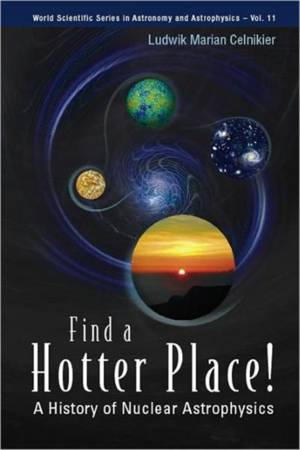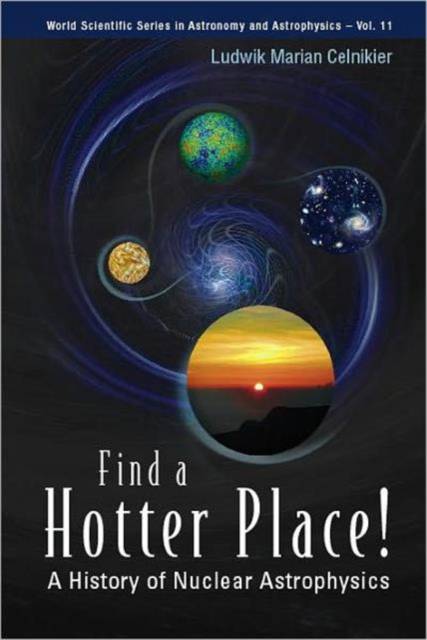
- Retrait gratuit dans votre magasin Club
- 7.000.000 titres dans notre catalogue
- Payer en toute sécurité
- Toujours un magasin près de chez vous
- Retrait gratuit dans votre magasin Club
- 7.000.0000 titres dans notre catalogue
- Payer en toute sécurité
- Toujours un magasin près de chez vous
Description
Find a hotter place! is the insightful story of the tortured path that led to our current understanding of how the elements in the Universe came to be. This is a story which began in Greek Antiquity, with the first musings on the nature of matter and the void, and continues today with ever more refined analyses involving virtually every aspect of 20th century physics, astronomy, cosmology and information technology. Identifying the source of stellar energy, probing the earliest instants of the Universe, and discovering of how and where each element was made are some of the outstanding success stories of the 20th century, but have received little attention beyond the specialized literature.The year 2007 marks the 50th anniversary of the publication of one of the key papers on stellar nucleosynthesis, universally referred to as the B2FH paper. This book is a timely survey of how a new discipline -- nuclear astrophysics -- was born, and how it has matured. Almost completely non-technical, the book remains scientifically rigorous, and thereby fills an important gap.Science is not a linear process, as the ill-named "scientific method" might suggest to the unwary. The author emphasizes the meanders, the dead ends and the obsessive dogmas which have guided researchers through the 20th century. He also makes it clear that our understanding of where the elements come from has come through discoveries in diverse, not necessarily related, disciplines.
Spécifications
Parties prenantes
- Auteur(s) :
- Editeur:
Contenu
- Nombre de pages :
- 212
- Langue:
- Anglais
- Collection :
- Tome:
- n° 11
Caractéristiques
- EAN:
- 9789812567307
- Date de parution :
- 27-03-06
- Format:
- Livre relié
- Format numérique:
- Genaaid
- Dimensions :
- 158 mm x 230 mm
- Poids :
- 526 g

Les avis
Nous publions uniquement les avis qui respectent les conditions requises. Consultez nos conditions pour les avis.






